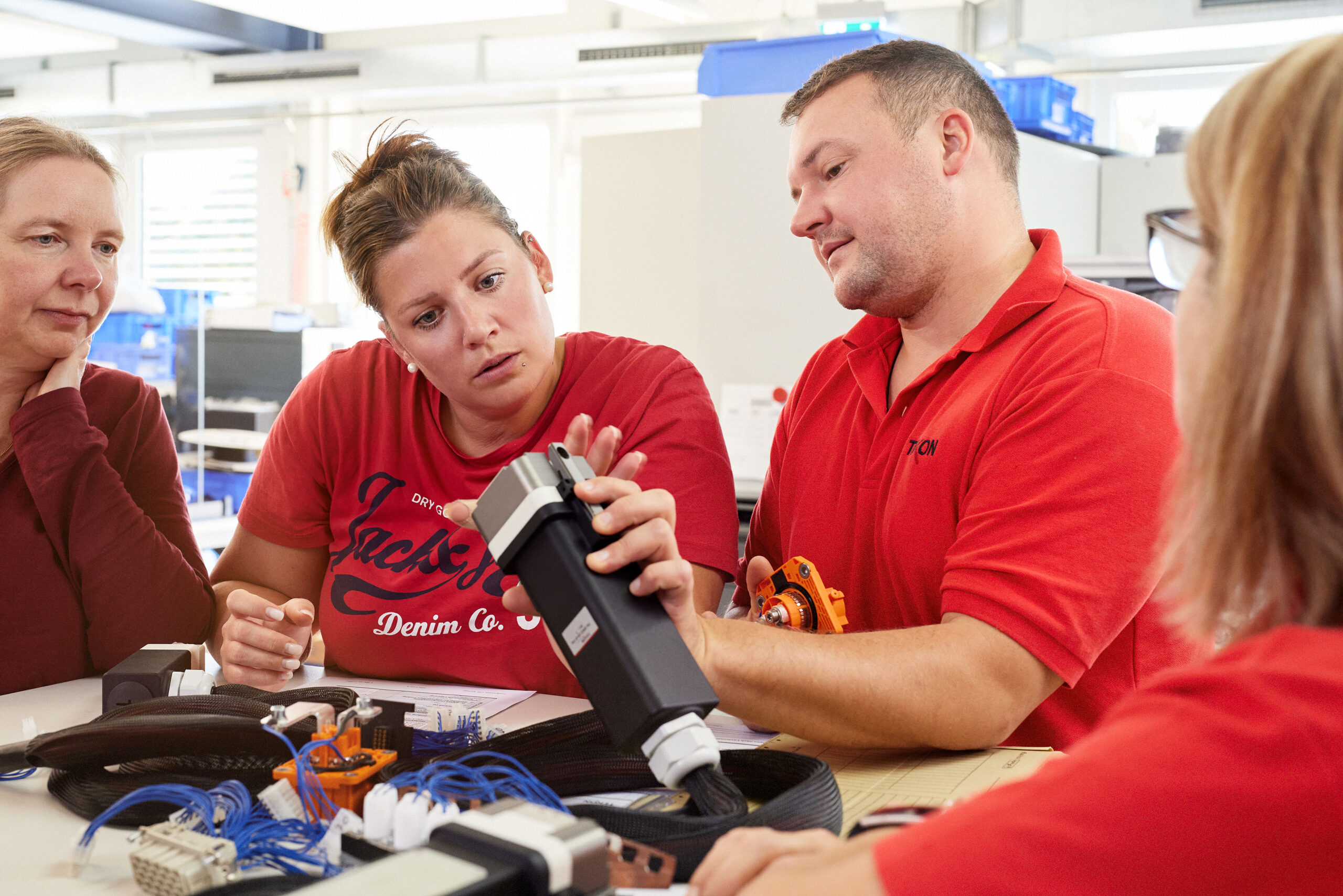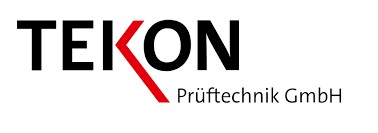Collaboration between man and machine 2.0
Initial situation
TEKON Prüftechnik GmbH manufactures specialized test fixtures that are sold worldwide. The test fixtures are manufactured in series as well as in individual pieces for highly specialized applications. In series production, an assistance system is already firmly integrated, which supports the employees in meeting the high quality standards and helps to maintain standards. Individual production, on the other hand, only produces one-off items and the assembly experts work on an extremely individual basis. This individuality is also reflected in the work processes. The focus is on optimizing these processes, quality assurance and error prevention in both one-off and series production. In particular, the support of error prevention through AI-supported methods is intended to reduce the workload for employees and simplify processes. For example, the final acceptance and documentation of the finished test adapter in individual production is to be supported with the help of AI.
Solution idea
A data-driven User Needs Assessment (UNA) puts employees at the center of the solution approach. In order to determine which AI solution has the greatest positive impact, test subjects are observed at the workplace using cameras and eye-tracking glasses and interviews are conducted with them. In make-to-order production, the comprehensive method can be used to examine the actual state of final acceptance. Observing the work beforehand helps to identify and record errors at the point of origin. This human-centered method reveals where automation is most urgently needed and what employees' needs are.

Benefit
The acceptance of new methods increases when the workforce is involved. To this end, a small sample of employees is selected in order to analyze their needs in a representative manner. The UNA method makes it possible to focus on the AI solutions that offer employees the most benefits. In particular, the data-driven UNA makes it possible to use eye-tracking glasses to subconsciously recognize the areas that consume mental resources. For example, the analysis of attention is an important part of the method and it clearly crystallizes which work steps require the attention of experts to a particularly high degree. When attention is high, mental resources are used that might be more important in other work steps. This allows the process steps that are of high interest to be supported by an AI solution to be identified.
Implementation of the AI application
Data-driven UNAs were carried out in both series and individual production with a total of five participants. The workstations were subjected to both an attention analysis using eye-tracking glasses and a time analysis for manual assembly. The results provide information about which information was of particular interest to the employees and which process steps took unexpectedly long. Based on these results, it was possible to identify and suggest sensible uses for AI applications at various points in the work process.
